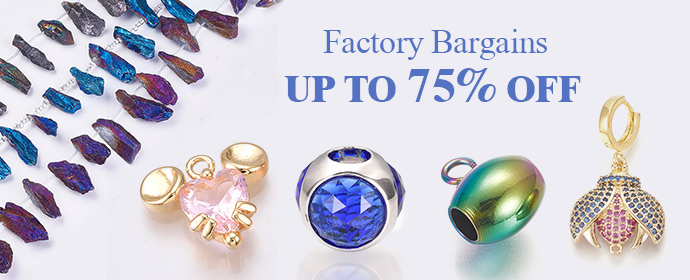Every woman dreams of getting a big diamond engagement ring from her man, and every man dreams of proposing to her love with an engagement ring with the perfect diamond center stone that’s worthy enough of the love that he has for his lady love. Deciding on an engagement ring with a diamond center stone is arduous because of the rather complex quality and grading factors or the 4Cs of a diamond. This article will give you a brief account of choosing a diamond engagement ring that stands out as nothing else does. It will encompass everything from the quality and grading factors of a diamond to the ideal metal and setting for an engagement ring.

The 4Cs
Unless you fall under the category of the uninitiated, you already know that the 4Cs of a diamond include its color, clarity, cut & carat weight. Created by the Gemological Institute of America (GIA), the 4Cs will help you fashion the center stone of your diamond engagement ring with the utmost precision.
Color
The color of a diamond is graded on a D to Z scale, with D representing a fully colorless diamond and Z representing light yellow or brown color diamond. So, you need to pick the center stone of your diamond engagement ring from this color range. In this color range, colorless diamonds are the rarest and most valuable. You should choose a diamond without hurting your budget.

Clarity
Natural diamonds possess certain clarity characteristics also referred to as internal and external features because they are formed under massive heat and pressure. While the internal features are known as inclusions, the external features are called as blemishes. It’s ideal to learn a bit about these clarity characteristics while choosing the center stone of your diamond engagement ring. The relative absence of inclusions and blemishes is referred to as diamond clarity. Diamond clarity is graded on a scale ranging from Flawless to Included.
Because flawless diamonds don’t have visible inclusions or blemishes that can be seen when examined under 10X magnification, they are the rarest. Diamonds graded Included have inclusions or blemishes that are visible to the unaided eye. Diamonds that land between the two ranges have inclusions that can only be seen under 10X magnification. The retail market is full of these stones. Learning about diamond clarity is a must when choosing a diamond engagement ring.

Cut
The quality of a diamond’s cut is of the essence. That’s because the cut sets the scene for an apt interplay between the diamond and light. Because diamonds are known for their impressive brilliance, fire, and scintillation, the symmetry of the cut determines how well the stone will interact with light. That’s the reason why it’s ideal to learn about the cut before choosing a diamond engagement ring. The term ‘cut’ is also used for describing fashioned shapes like pear, oval, and heart, to name a few.
Carat Weight
Deciding on the carat weight of your diamond center stone should be more of a personal decision. That’s because the carat weight should be decided based on your budget. If you want a big diamond center stone then you can splurge on this aspect of your diamond engagement ring while saving on the others.

So, these were the 4Cs or quality and grading factors of a diamond. Now, it’s time to learn about the setting and metal of your diamond engagement ring.
Setting
Because the setting of your diamond engagement ring will not only highlight the brilliance, fire, and scintillation of its diamond center stone but also secure it in its place, the setting should be chosen after applying thoughtful consideration. If you want your ring to be in the spotlight all the time then you can choose the prong setting. That’s because, in the prong setting, the center stone of the ring is secured in its place with 4 or 6 metal claws. These 4 or 6 metal claws not only keep the center stone secured but also make sure that it never misses catching the light.

Your diamond engagement ring will look even more beautiful when fashioned with the prong setting. However, if you want the utmost protection for your diamond center stone then you can opt for the bezel ring setting. In the bezel ring setting, the center stone of your ring will be encased in the ring’s metal, providing the utmost security to your diamond center stone. The prong and bezel settings are two of the best ring settings you can trust.
Metal
Choosing a metal is another aspect of your diamond engagement ring that should be a personal decision. That’s because the metal of any jewelry piece should always be chosen on the basis of your skin and skin tone. Because your lady love will be wearing her diamond engagement ring every day for the rest of her life, it’s better that you fashion it in a metal that suits her skin and skin tone. If you don’t know which metal suits her skin then you can choose platinum. That’s because platinum is a hypoallergenic metal.

The Bottom Line
Now that you’re enlightened regarding the various aspects of a diamond engagement ring, it’s about time you started fashioning one. Before you begin, let me tell you that it’s better to get your diamond engagement ring from a reputed jeweler because a reputed jeweler will always provide you with a certificate of authenticity for your purchased jewel. In that sense, you can trust the genuineness of your diamond engagement ring. So, what are you waiting for?
By Mariya
Photos from Google
Recommend0 recommendationsPublished in Uncategorized


